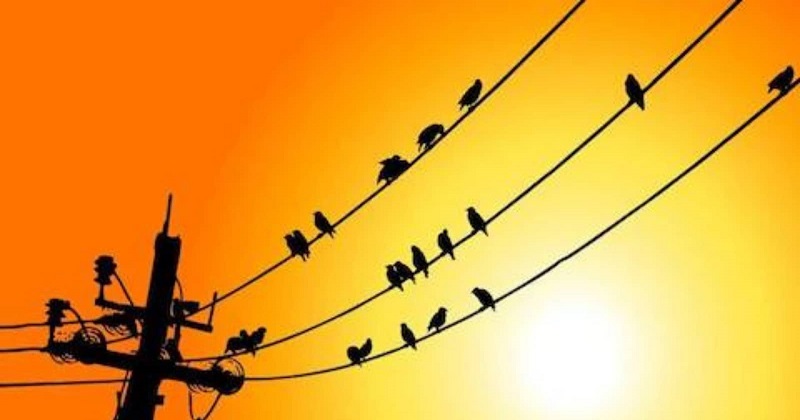
You have probably seen a lot of birds perched on electric wires and wondered why they don’t receive electric shocks, right? Our eyes are drawn to every activity that takes place around us, but our minds are never drawn to deciphering the rationale behind it. Let’s investigate why birds do not receive an electric shock.
We notice a flock of birds relaxing on the wire, but the electric current never reaches them. To truly grasp this, you must first appreciate the law of electrical flow. A wire is a device that transmits electricity from one place to another. Copper is used in this process to maintain a steady energy flow. According to reports, cells and tissues in the bodies of birds generate resistance to copper wires and impair electrical transmission.
Even after sitting on the wire, birds do not receive an electric shock. If the birds come into contact with the ground while touching the wire, a circuit is formed, and the birds are shocked. Humans are not immune to this phenomenon. Electric shocks occur only when the human body makes contact with the earth. This occurs as a result of circuit completeness.
The situation has become worse, according to conservationists, as Kenya has upgraded its electrical network, replacing timber poles with conductive steel-reinforced concrete and draping badly insulated power cables between them.
This, along with the lack of deterrent signs along the wires, is putting Kenya’s already endangered bird of prey species in jeopardy. Many are killed by the shock, either directly colliding with electricity wires or perching.

Post Your Comments